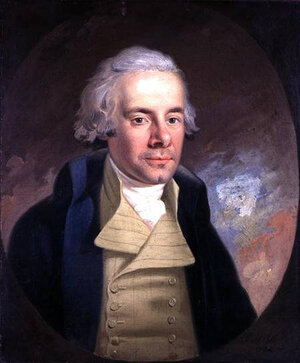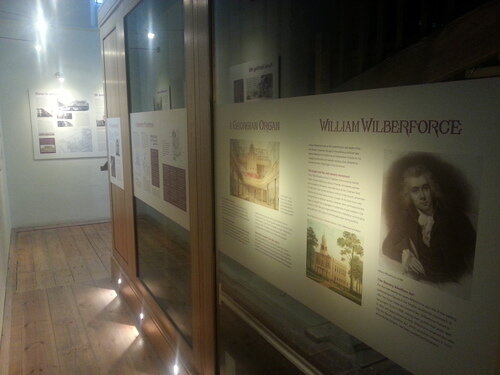
HISTORY OF ST JOHN'S
In 1821 James Weller Ladbroke (d. 1847) and his architect Thomas Allason (1790 – 1852) began plans to build an estate on the land lying to the east and west of the southern end of what is now Ladbroke Grove. At this time however, Notting Hill was too far from London for a large housing development to be viable and instead, in June 1837 in the face of much local resistance, a local entrepreneur opened the ‘Hippodrome’ – a race course – in the area, using the hill now occupied by St John’s Church as a natural grandstand.
St John’s Church in Ladbroke Grove was completed in 1845 to designs by the architectural partnership of John Hargrave Stevens and George Alexander. It was listed grade II in April 1969, and is situated in the Royal London Borough of Kensington’s Ladbroke Grove Conservation Area.
For information on the History of St John's, please click on the links below:





HISTORY EXHIBITIONS
A history of Notting Hill and the St John's organ
Two new permanent exhibitions have been placed around the restored organ. One focuses on the history of the local Notting Hill area: from its rime as rural London hamlet; through its piggeries and potteries era; into the rapid growth during the Industrial Revolution; to the time of immigration from the Caribbean, Carnival, Rachman and race riots; and culminating in the modern day gentrification and celebrity. It follows Heritage Lottery learning guidelines, and contains many photos from local and national archives. It gives an excellent opportunity to learn about Notting HIll.
The second exhibition, affixed onto the organ case, shows the history and function of the organ: from its time in Clapham and its connection to William Wilberforce, the slave abolitionist, and taking in its various restorations and rebuilds. The organ itself has glass panels on its sides and LED's inside, which allow the viewer to see right in at the mechanisms. It also has an organ model on the back which shows how an organ works.
The church is open every day, 10am - 1pm, and visitors are welcome. The exhibitions are available for viewing whenever the church is open. The church is also often open outside of those times, and groups visits can be arranged by contacting the church.
